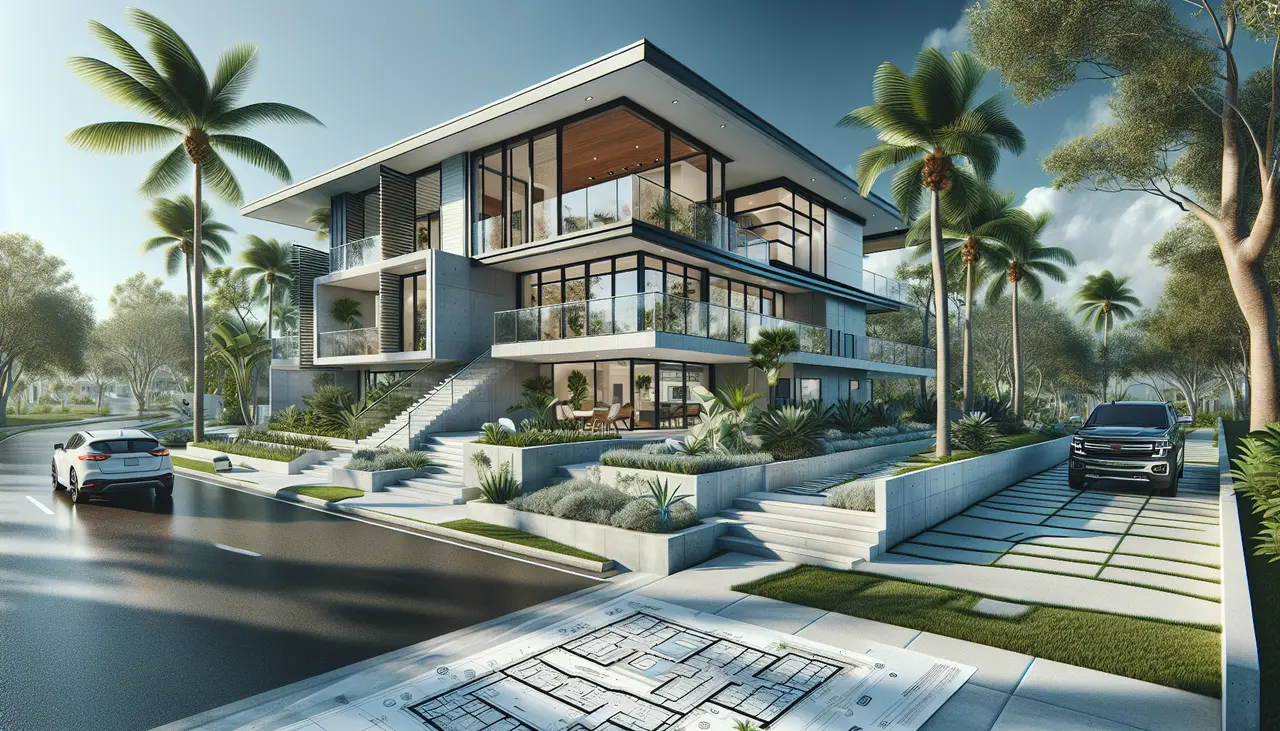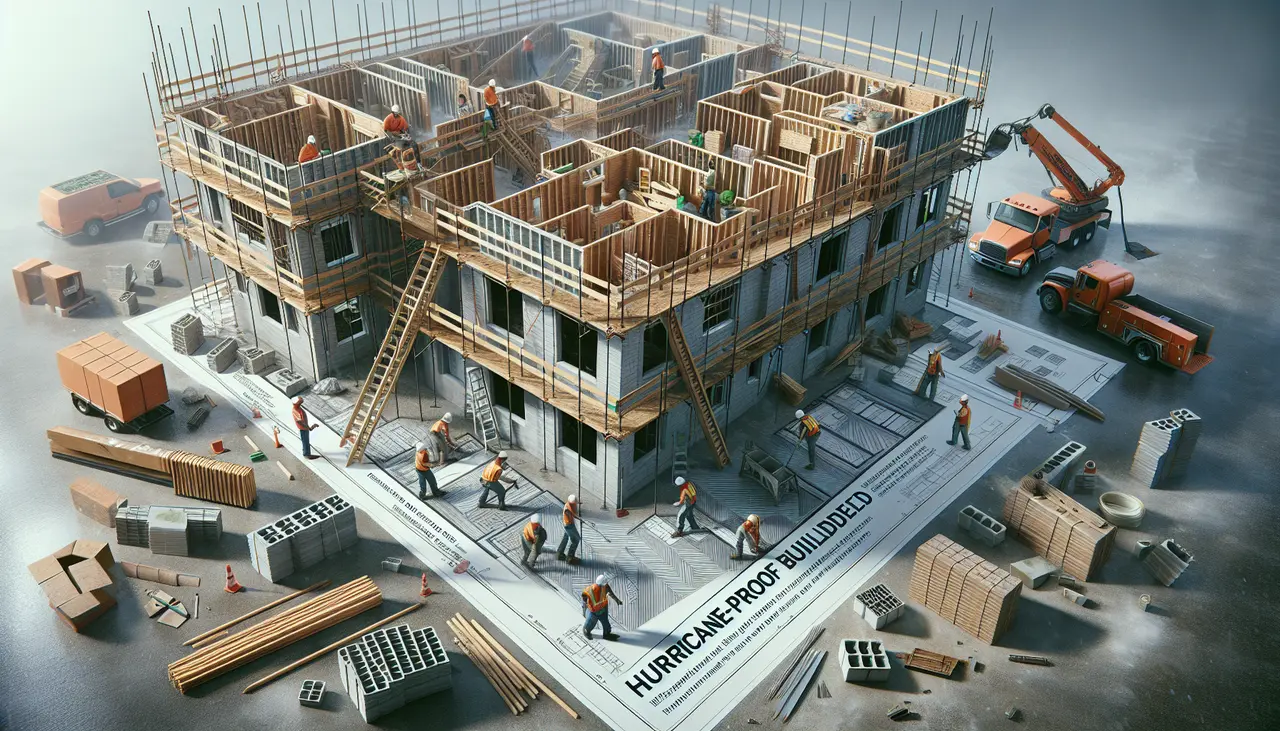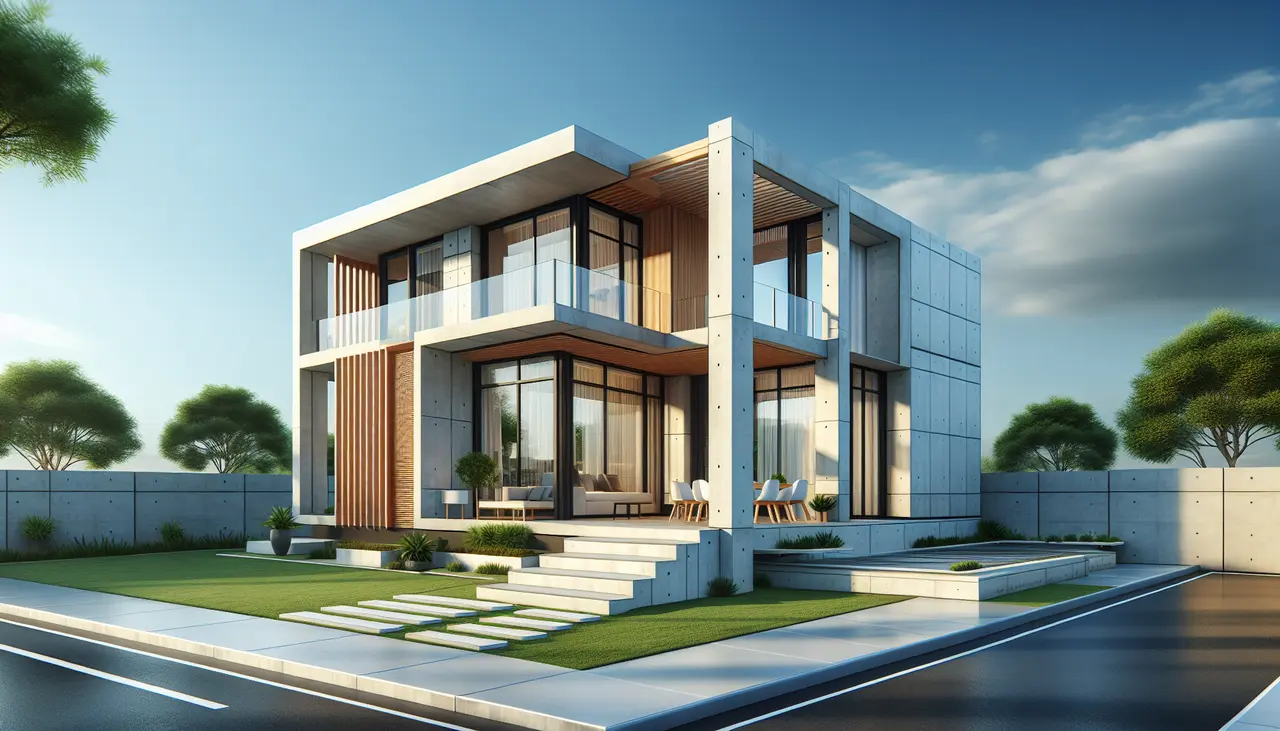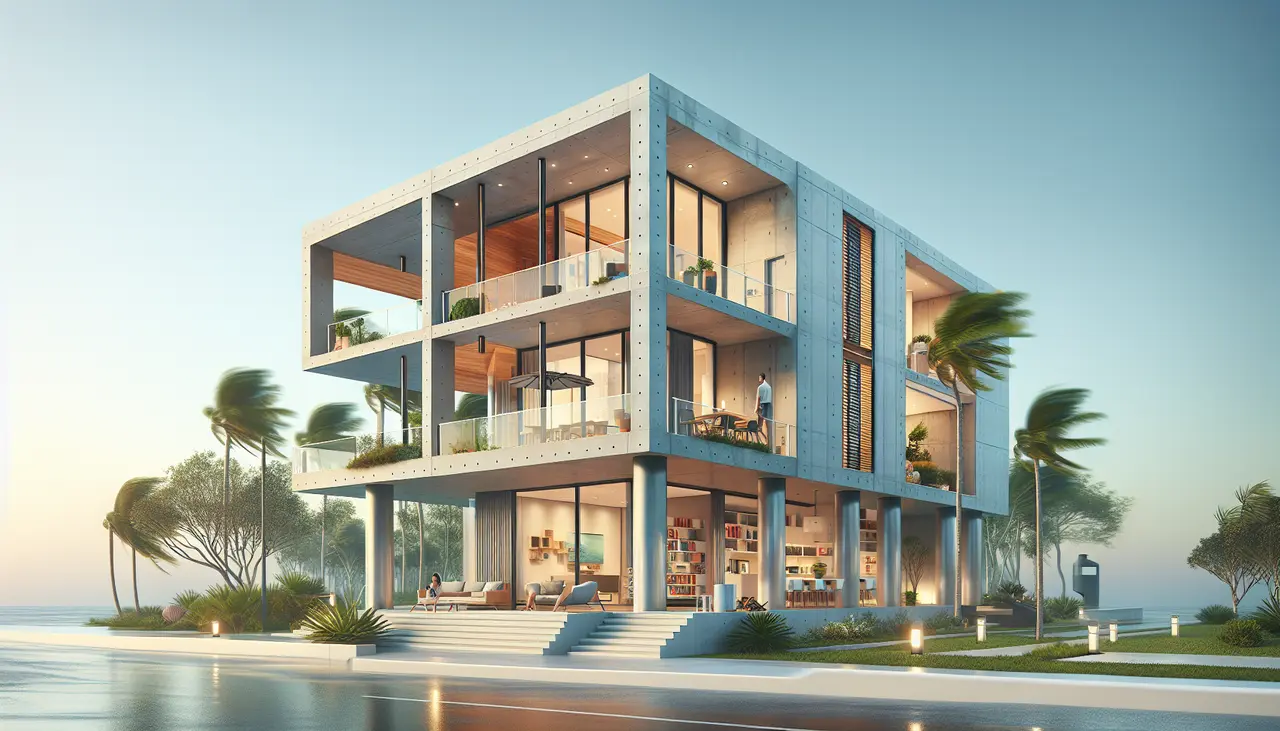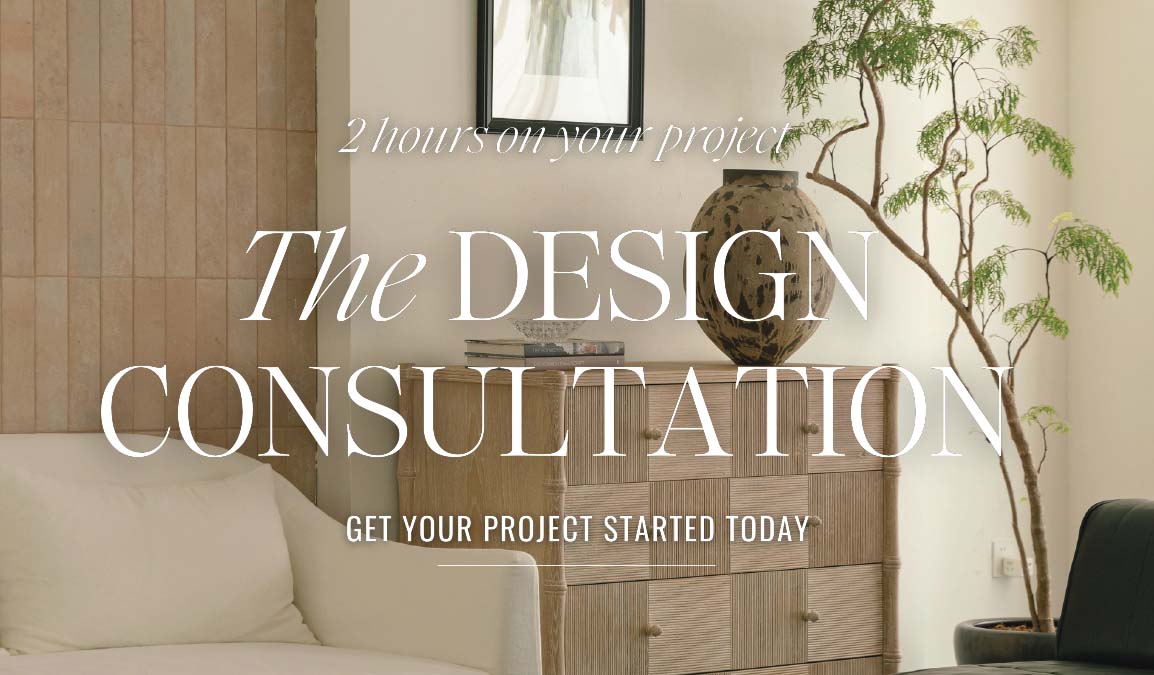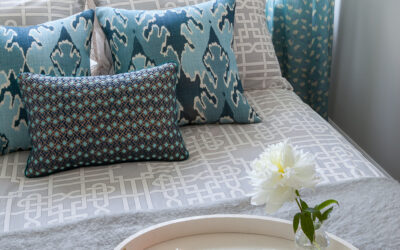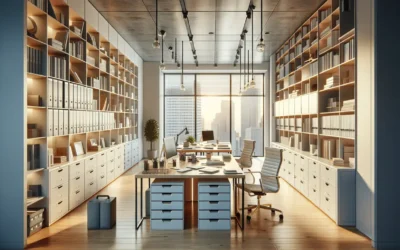Building hurricane-proof homes involves employing design techniques and utilizing materials that can withstand the destructive forces of hurricanes. These homes are engineered to resist strong winds, heavy rainfall, and flying debris, reducing the risk of damage and increasing the safety of the occupants.
Site Selection and Building Codes
The first step in creating a hurricane-proof home is selecting an appropriate site. Consider the topography, elevation, and proximity to the coast. Avoid areas prone to storm surge and flooding.
Additionally, familiarize yourself with the local building codes and regulations regarding hurricane-resistant construction. These codes outline the minimum requirements and standards for building in hurricane-prone areas.
Foundation and Structural Design
The foundation is the backbone of any structure and plays a crucial role in making a home hurricane-proof. Here are some key considerations for the foundation and structural design:
Proper Site Preparation
Before construction, ensure the site is properly prepared. Clear away vegetation, level the ground, and remove any potential debris that could become projectiles during a hurricane.
Reinforced Concrete Foundation
A reinforced concrete foundation is essential for providing strength and stability to the structure. The foundation should be designed to resist both vertical and lateral forces caused by strong winds and storm surge.
Structural Framing
Use advanced framing techniques and structural elements designed to withstand high wind pressures. Consider using hurricane straps or clips to secure the roof structure to the walls and the walls to the foundation.
Clean Landscaping
Ensure the site doesn’t have coconut trees and dead branches. Use heavy exterior furniture that is difficult to move so you don’t have to pull it in for every storm. Don’t leave out any potential debris that could become projectiles during a hurricane.
Reinforced Concrete Foundation
A reinforced concrete foundation is essential for providing strength and stability to the structure. The foundation should be designed to resist both vertical and lateral forces caused by strong winds and storm surge.
Structural Framing
Use advanced framing techniques and structural elements designed to withstand high wind pressures. Consider using hurricane straps or clips to secure the roof structure to the walls and the walls to the foundation.
Exterior Wall Systems
The exterior walls of a hurricane-proof home should be able to withstand the impact of flying debris and resist the pressure of strong winds. Consider the following factors:
- Shape and Frame: The architectural shape and structural frame of the building should minimize wind resistance and maximize structural integrity.
- Insulated Concrete Forms (ICFs): ICF walls consist of solid concrete walls reinforced with steel, providing excellent insulation and resistance to hurricane winds.
- Impact-resistant Glass and Shutters: Install impact-resistant glass and shutters to prevent debris from penetrating the building. Impact-resistant glass is designed to resist shattering, while shutters provide an additional layer of protection.
- A reinforced Concrete Foundation and Building that can withstand 250 mph is an ideal to shoot for and won’t be going anywhere. Alternatively your architect may suggest a building system with metal studs and spray concrete that are strong enough to achieve this as well. Spray rock building systems can withstand 250mph https://sprayrock.com/ https://sprayrock.com/compare/
Roofing Systems
A durable roofing system is essential for a hurricane-proof home. Consider the following factors:
- Metal Roofing: Metal roofs are highly recommended for their strength and ability to withstand high winds and impact from debris. They are less likely to be torn off or damaged during a hurricane, providing better protection for the entire structure.
- Sloping Metal Roofs: Incorporate sloping metal roofs to reduce wind resistance and prevent uplift during hurricanes.
- Hurricane Straps or Clips: Use hurricane straps or clips to secure the roof structure to the walls, enhancing the overall structural integrity.
Doors, Windows and Shutters
Doors and windows are vulnerable areas during a hurricane. Here are some measures to enhance their resistance:
- Impact-resistant Windows: Install impact-resistant windows made from reinforced glass or with a protective film to minimize the risk of breakage during high winds or flying debris.
- Storm-rated Garage Doors: Use storm-rated garage doors specifically designed and reinforced to withstand high wind pressures and prevent damage to the garage and the rest of the house.
- In industrial looking buildings you can add metal shutters that can be pulled over the windows before a storm.
Interior Design and Safe Rooms
To ensure the safety of occupants during a hurricane, consider the following:
- Secure Loose Items: move outdoor furniture and items indoors to prevent them from becoming dangerous projectiles in high winds.
- Safe Rooms: Designate a safe room within the house, reinforced to withstand hurricane forces. It should have reinforced walls, doors, and windows.
- If your home is within storm surge risk make the home higher with stilts or on built up soil if you don’t only use cheaper disposable furnishings on the lower at risk floor. Use subzero fridges that have all the electronics on the top, that way if storm surge happens the fridge will still work. Ensure ac condenser units are installed above flood levels.
Creating hurricane-proof homes requires careful consideration of various factors, including site selection, building codes, foundation and structural design, exterior wall systems, roofing systems, doors and windows, and interior design. By following these guidelines and utilizing appropriate techniques and materials, homeowners can minimize damage and ensure the safety and resilience of their homes in hurricane-prone areas. Stay safe!
SOMETHING FOR EVERYONE
THE PIECES RACHEL RETURNS TO, AGAIN AND AGAIN

